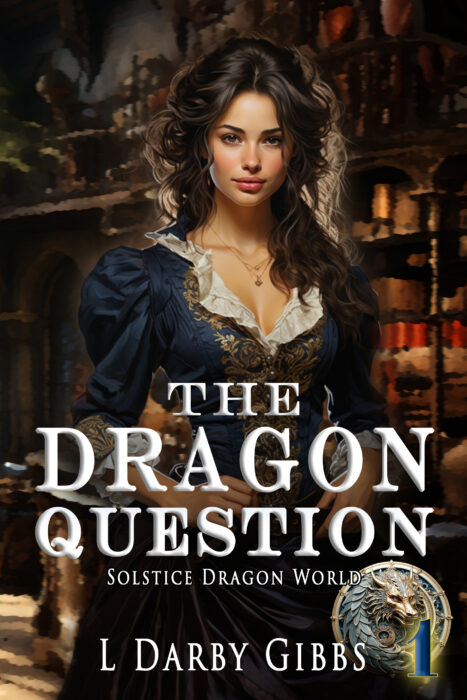Getting my logs in a line I visited +HannahHeath’s blog recently and read her great post on writing loglines for novels. It galvanized me to work at mine a second time. So here’s my loglines for all my Student of Jump books. In Time Passed, Students of Jump Book 1 Logline: An accidental inventor of…
Tag: writing technique
I have been a fan of Heinlein’s for more than forty years. When he was alive, I watched constantly for his next publication, and I have read nearly everything he has written and a great deal of what has been written about his work. Learning only recently that there was an official biography about him…
Time links past with present Harper Lee had quite a task creating the narrative voice of Scout in To Kill a Mockingbird. Sure Scout was a six-year-old girl who ages about two years in the course of the book; what’s the challenge? Seems easy enough — in that short span of years there is not…
